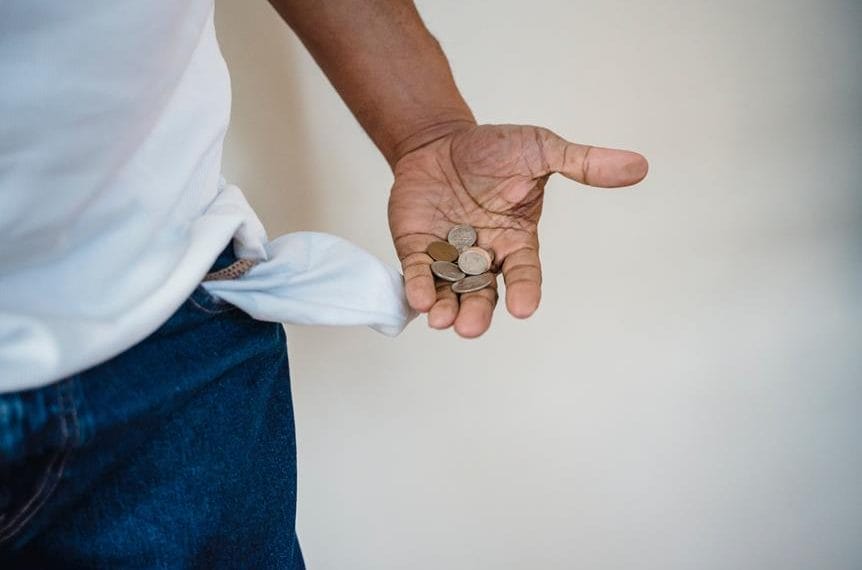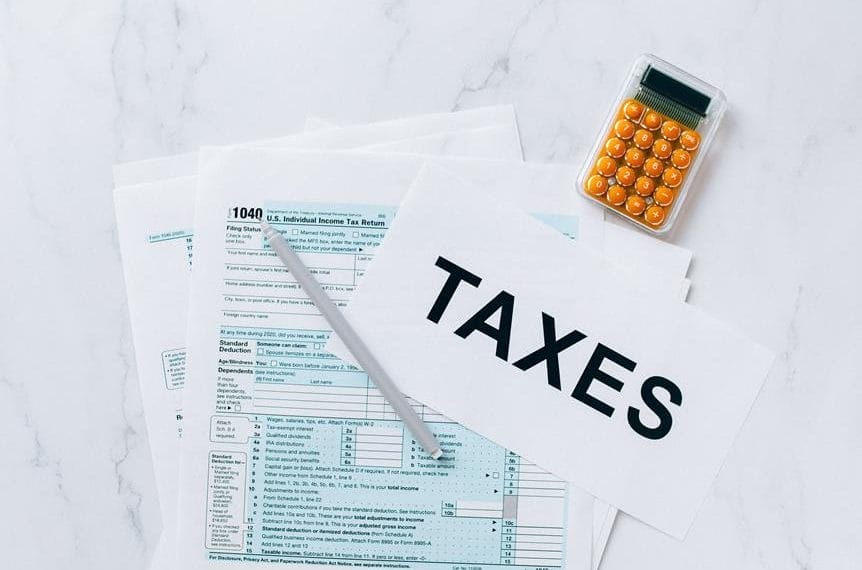Are you wondering what to do after your bankruptcy is discharged? Financial recovery and credit rebuilding are crucial steps towards achieving a debt-free life. Although bankruptcy can be a challenging experience, there are essential steps you can take to rebuild your finances and regain stability.
After your bankruptcy, it is important to save all the paperwork from your bankruptcy case. This documentation will serve as a reference for future financial decisions and legal matters.
Starting to save money is another essential step towards recovery. By establishing a savings habit, you can create a safety net for unexpected expenses and emergencies that may arise.
Creating a budget is crucial for managing your expenses and preventing overspending. By prioritizing your needs, wants, and savings, you can gain better control over your financial situation.
Reestablishing good credit is a key aspect of rebuilding your finances. Timely bill payments, opening a secured credit card, and using credit builder loans can help you rebuild your credit score over time.
Regularly monitoring your credit reports is important to ensure accuracy and address any errors or discrepancies. This practice allows you to stay informed about your financial standing and take control of your creditworthiness.
Additionally, maintaining your job and home demonstrates financial stability and showcases your ability to meet financial commitments.
Lastly, making an emergency fund is crucial for future financial security. By setting aside funds for unforeseen expenses, you can avoid accumulating debt and stay on track towards a debt-free life.
Remember, rebuilding your finances after bankruptcy takes time and commitment. By following these essential steps, you can achieve financial recovery and work towards a brighter future.
Steps to Rebuild Your Finances After Bankruptcy
Rebuilding your finances after bankruptcy requires a strategic approach and a commitment to making positive changes. By following these essential steps, you can regain control of your financial situation and work towards a brighter future.
1. Save Important Paperwork
To start your financial recovery journey, it’s crucial to save all the paperwork from your bankruptcy case:
| Documents to Save | Reason |
|---|---|
| Bankruptcy petition and schedules | Reference for future financial decisions |
| Proof of income submitted with the petition | Understanding your financial standing |
| Correspondence from the bankruptcy court, attorney, and trustee | Keeping track of important updates and communications |
| Final bankruptcy discharge | Evidence of debt discharge |
2. Start Saving Money
Building a savings habit is essential for financial stability. Aim to save a portion of your income regularly. Start with small amounts and gradually increase as you regain financial strength. Having an emergency fund is crucial for unexpected expenses and can prevent future debt.
3. Create a Budget
Managing your expenses and avoiding overspending is key to rebuilding your finances. Create a budget that reflects your income and financial goals. A popular budgeting rule is the 50/30/20 rule:
- Allocate 50% of your income to needs, such as housing, utilities, and groceries.
- Allocate 30% to wants, such as entertainment, dining out, and hobbies.
- Allocate 20% to savings, debt repayment, and investments.
4. Reestablish Good Credit
Rebuilding your credit is an important step towards financial recovery. Here are some strategies to consider:
- Pay bills on time to establish a positive payment history.
- Open a secured credit card to demonstrate responsible credit usage.
- Have utility bill payments reported to credit bureaus to build credit.
- Consider credit builder loans to show creditworthiness.
5. Regularly Monitor Your Credit Reports
Monitoring your credit reports is essential to ensure accuracy and address any errors or discrepancies. By staying informed about your credit status, you can take necessary actions to improve your credit profile.
6. Maintain Job and Home Stability
Financial stability is often associated with a steady job and a stable living situation. Make efforts to maintain your employment and home to demonstrate stability to potential lenders and creditors.
7. Seek Financial Education
Continuing to learn about personal finance is essential for your long-term financial well-being. Attend workshops, read books, or seek guidance from financial experts to gain valuable insights into money management, investing, and building wealth.
By following these steps and staying committed to financial planning, asset management, and budget management, you can rebuild your finances after bankruptcy and pave the way for a brighter financial future.
Conclusion
Rebuilding your finances after bankruptcy is a journey that requires commitment and determination. By following essential steps such as saving paperwork, starting to save money, creating a budget, reestablishing good credit, regularly monitoring credit reports, maintaining job and home, and making an emergency fund, you can regain financial stability and work towards a debt-free life.
It is important to be patient with yourself throughout this process. Celebrate your progress along the way, no matter how small. With proper budget management and financial education, you can achieve financial recovery and build a better future for yourself and your loved ones.
Remember, the path to a debt-free life may not be easy, but it is worth it. By taking control of your finances and implementing these steps, you are setting yourself on a solid foundation for a brighter financial future.













